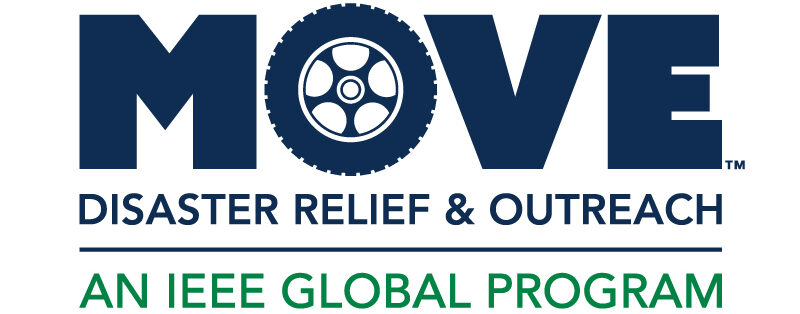
- This event has passed.
Arcs and Sparks: Live Reflectometry for Wires, Photovoltaics, and Impedance Measurements
November 9, 2023 @ 5:00 pm - 6:00 pm
Abstract: Aging electrical wiring has been identified as an area of critical national and international concern. Faults in aircraft wiring have been implicated in a number of severe aircraft incidents including the TWA800 and SwissAir111 crashes. Electrical wiring is the number one cause of home and building fires, and is responsible for numerous incidents in consumer product safety, photovoltaic systems, vehicular safety/reliability, safety of nuclear facilities, reliability of power distribution systems and communication systems, and others. What could possibly be so hard about finding these electrical faults? This lecture describes the real-world challenges in electrical systems – live signals, switching systems, grounding and moisture, vibration, and more. We’ll talk about how electromagnetics, signal processing, artificial intelligence, chip and hardware design all merge to create new sensors that can detect and locate faults in critical systems. In particular, I’ll describe the development and use of spread spectrum time domain reflectometry (SSTDR) for finding faults on live electrical systems. Using a tiny pseudo-noise (PN) code similar to your cell phone or GPS signal, SSTDR hides within the noise margin of existing signals, enabling continuous monitoring and location of very hard-to-find intermittent faults. And along with SSTDR came a very broad family of broadband reflectometry systems and algorithms for analysis of the reflection signatures, which we’ll discuss. And what is coming next? It turns out that the same reflectometry methods used to detect, locate, and diagnose faults can also measure complex impedance, which is what a vector network analyzer (VNA) is very good at. But spread spectrum can do it live (energized), in electrically noisy environments, and can control the signal to noise ratio to find very small changes in impedance. Along with the technical journey, I’ll also describe my entrepreneurship journey as we took this exciting research off the bench and into the real world. Today SSTDR is used in aircraft manufacturing, handheld electrical testing, undersea cable testing, and has recently been approved for installation on Network Rail systems (UK). But our work is not done. Electrical systems are complex and varied, and some very gnarly problems remain. I’ll share a vision for the future, and some ideas about what it will take to get there. Speaker(s): Dr. Cynthia M. Furse, Virtual: https://events.vtools.ieee.org/m/379068

